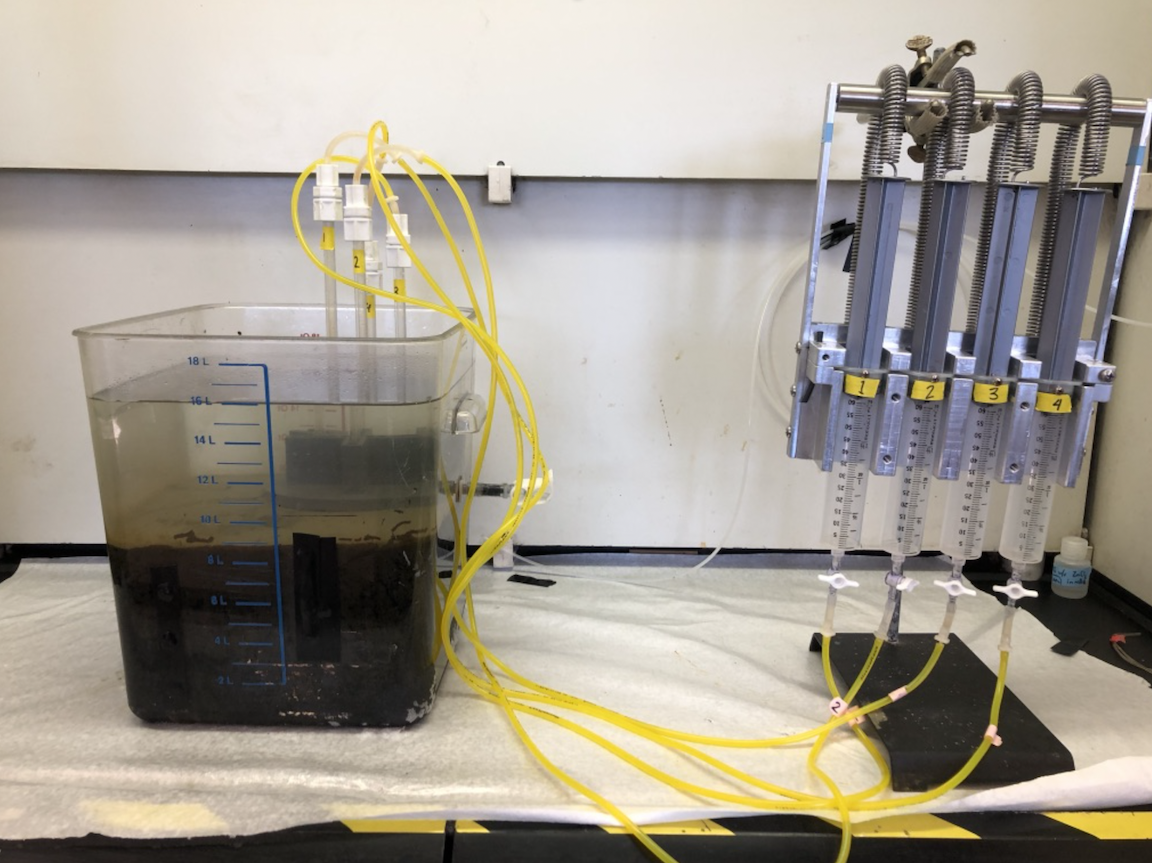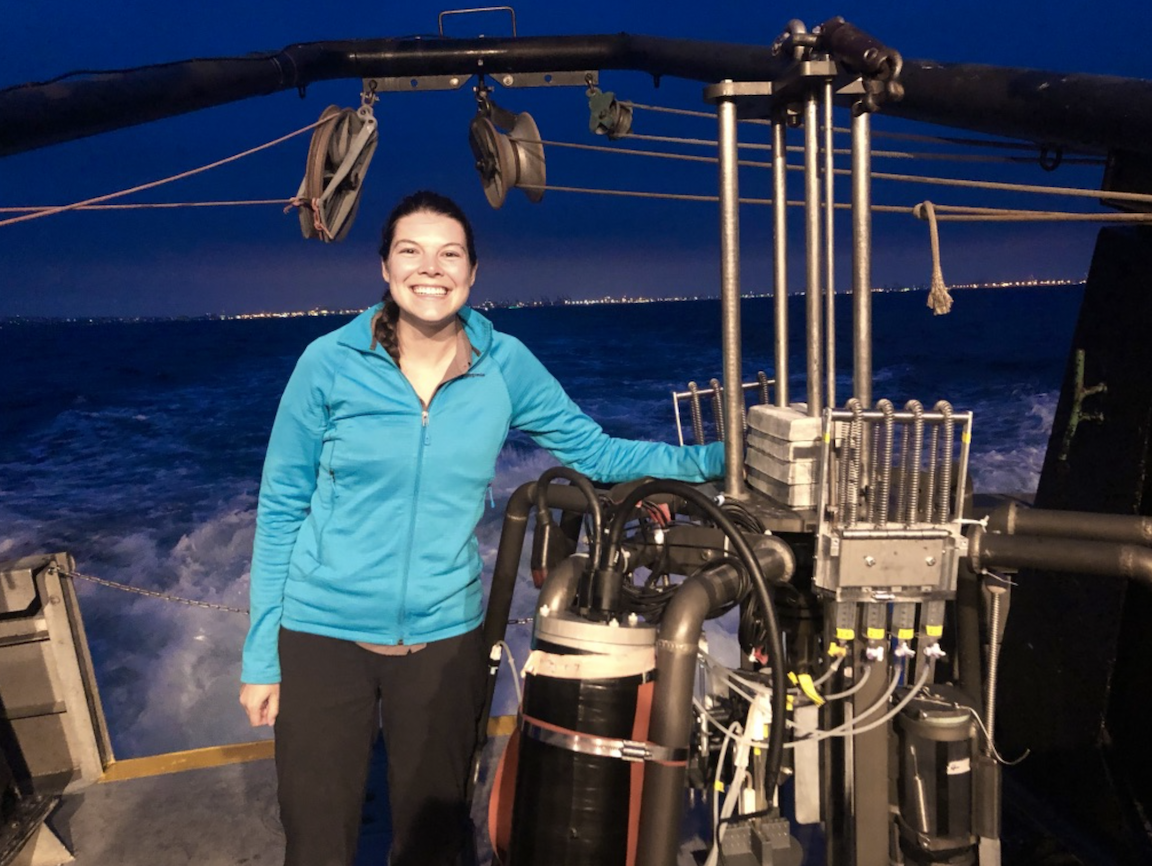By: Jaclyn Pittman
Hello! My name is Jaclyn Pittman and I’m excited to be working with Wrigley this summer and for this opportunity to write to you. I am just finishing my first year as a PhD student in Earth Sciences at USC, and am advised by Dr. Will Berelson. My lab group focuses on how the mineral carbonate dissolves in the ocean, especially under more acidic conditions like what we are seeing today with climate change. When we add a bunch of carbon dioxide (CO2) into the atmosphere by burning fossil fuels, the ocean “helps us out” in a way by absorbing about one-third of excess CO2. However, this comes with a price. More acidic oceans mean more carbonate dissolves. Calcium carbonate is used by corals to make their skeletons, and many other organisms use it to make their shells, aka their homes and protection. Carbonate is also a common mineral found in ocean sediments. Because of its abundance and sensitivity, we need to know how, when, and where carbonate dissolves in our changing oceans.

Step 1: Test it in the lab! This gives us a chance to see how our device works in a controlled setting, and what kind of results we can expect from the field.
Here’s where an unexpected player comes into the picture: ocean mud. Once you get deep enough in the ocean, the floor is made of sticky, sometimes stinky, mud- nothing like the pleasant sand you walk on at the beach. Porewater, the water that is inside ocean mud, holds lots of clues about the carbon cycle. It can tell us if carbonate is dissolving in that area, how acidic the water is, and how much CO2 can be absorbed by the sediment.
The typical way to get porewater is with a machine that collects a core of mud from the bottom of the ocean and brings it back up to the boat. Once there, people use filters to suck out the porewater. However, the considerable differences in temperature and pressure as you go from the bottom of the ocean to the top make things more complicated. These differences start messing with the chemistry of the porewater-mud reactions and must be corrected for. We have decided to combat this issue by sucking the water out of the mud directly, while it is still at the bottom of the ocean! This way, as the temperature gets warmer and pressure gets lower coming to the sea surface, the mud can’t react with the water. This gives us a more pristine water sample, so we have a better idea of what is really going on in the porewater.

Step 2: Test it off the dock! One step closer to the boat, and we get to see if our device works with everything put together.
For the past year, I have been building, modifying, and testing a device that can suck porewater directly out of the mud. Check out the animation below to see it work in action! Once it is lowered to the seafloor, filters with very tiny holes poke into the mud. Syringes suck through the filters so that we get a water sample with no mud particles. Then the entire device comes back up to the boat and the water is ready to be tested!

Step 3: Test it off the boat! We were able to test our device at a research station called SPOT, halfway to WMSC on Catalina. This is my “hyped on science at 5 AM” face.
I would like to sincerely thank Wrigley for this opportunity, and especially Norma and Jerol Sonosky for their generous support of sustainability research. Hopefully, my research will not only improve porewater measurements, but also further inform our community on how oceans are reacting to human-caused climate change. Thanks for reading, and talk to you later!

